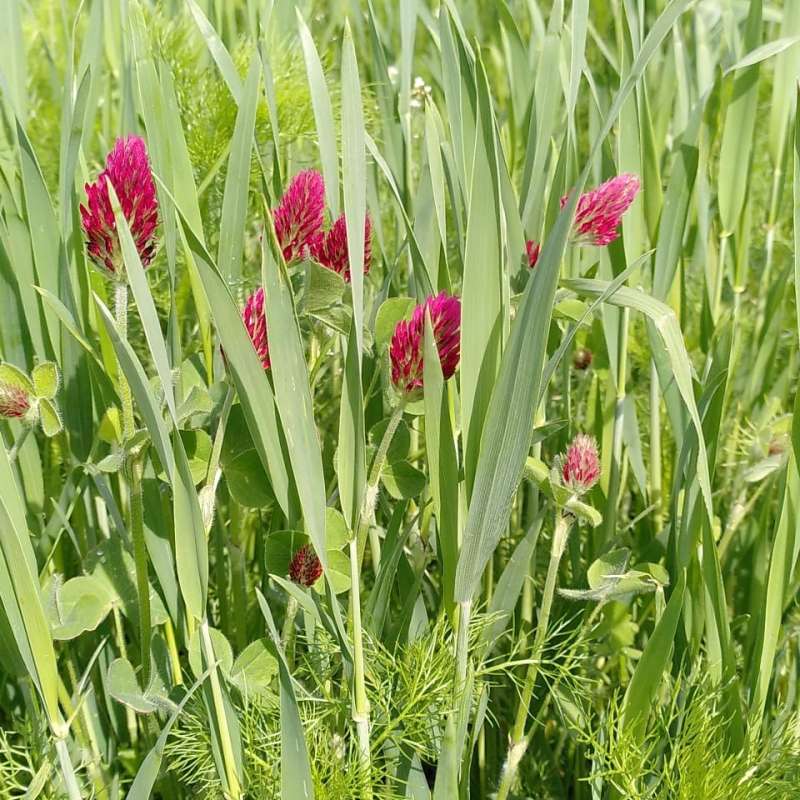Monica Skogen
Lead Engineer
Authors
Nina Johansen Hans Geir Eiken Simeon Rossmann May Bente Brurberg Monica Skogen Marta Bosque Fajardo Borghild Glorvigen Toril Sagen Eklo Finn-Arne Haugen Snorre Hagen Erik LysøeAbstract
Several aphid species pose serious treats to potato crops by causing direct damage to the plants and/or indirectly by transmitting viruses. Different morphological forms and phenotypic plasticity among aphids complicates taxonomy and identification and thus makes targeted pest management in potatoes challenging. To obtain an overview of aphids frequenting potato fields in Norway, we investigated seasonal and annual changes in aphid populations in five potato fields (58–64 °N) over a three-year period (2016–2018), using yellow pan traps. In total 2218 of the 6136 collected aphids were identified by traditional barcoding, meaning sequencing a ~ 650 fragment of the mitochondrial COI gene. This revealed 137 different species, of which 111 were identified at the species level. The remaining were identified only to the genus level, indicating potential novel species. The southernmost sampling location yielded the highest number of species and individual counts, although no clear correlations to climate factors (temperature/precipitation) was observed. Of the 111 species identified, at least 39 are potential vectors of potato virus Y (PVY) and nine species may also transmit potato virus A (PVA). Knowledge on virus vector and non-vector aphid abundance and phenology have the potential to improve pest management of potato cultivation.
Authors
Tatsiana Espevig Kristine Sundsdal Victoria Stornes Moen Kate Entwistle Marina Usoltseva Sabine Braitmaier Daniel Hunt Carlos Guerrero Monica Skogen Erik LysøeAbstract
No abstract has been registered
Abstract
No abstract has been registered

